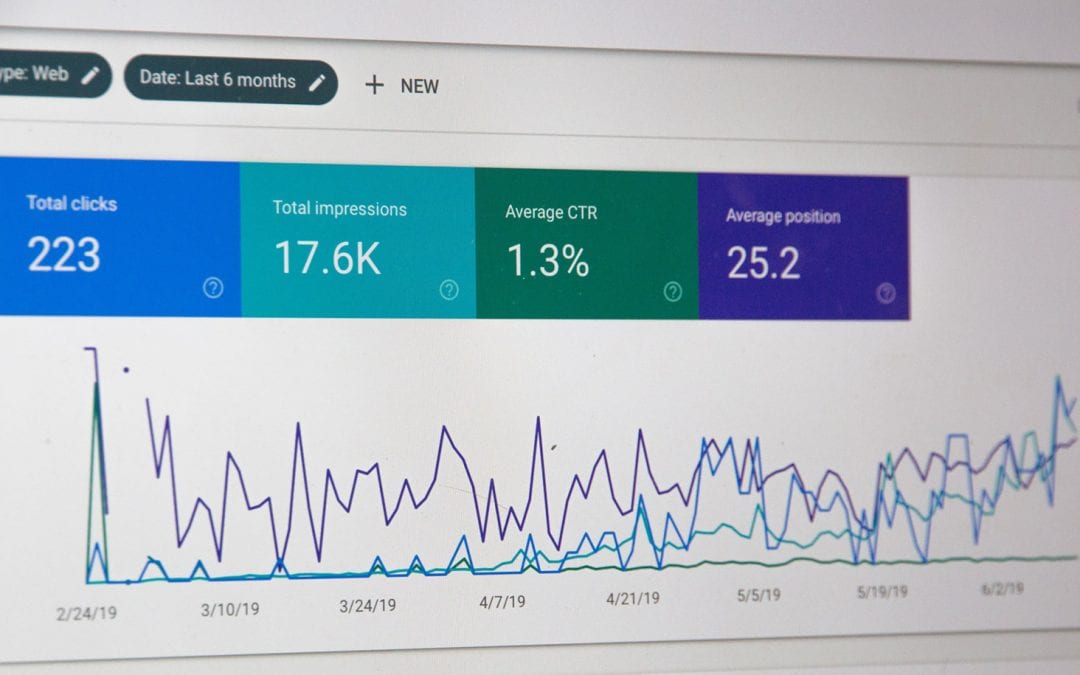So, you are a business owner with a website. In other words, you are just like almost every other business owner. But why? What is the purpose of having a website? Why do you have a website? For most, the answer is simple. The purpose of your website is to reach your target audience and sell. To sell your products and sell your services. But how exactly do you go about that? How is it that having traffic to our site equals sales, also known as conversions? Let’s take a look. If you are doing things right, you are driving traffic, and the right kind of traffic to your site regularly. By the right kind of traffic, I mean your target audience. Those who you are targeting to offer your products and services to, and those who are most likely to buy your products or services. Great, but once they are there at your site, how do you get them to BUY? You need to get them involved; you need to draw them in and give them the desire to pick up what you are throwing down.

The way we do this is by initiating what is best known as using a call to action. If you have never heard of this term before, it merely means that the person on your site is called to perform an action resulting in a lead or a sale. A call to action is usually in the form of a button but can take on other forms as well. By clicking the button which can read “act now,” or “click here,” or “hurry,” for example, the person is usually then brought to a landing page of sorts where they can purchase a ticket, a product, or a service you are offering. When using a call to action, you want to make sure that the intended action is evident. This typically means not having too much in the way of writing or graphics around the call to action. If someone is not able to readily see what the call to action is, whether in the form of a button, a link that needs to be clicked, or a small form that needs to be completed, then it is time to go back to the drawing board. Building trust is one of the essential keys to conversions. This is true as it relates to live interactions with clients, and also online. You would likely never choose to do business with a stranger, and this is the same for your target audience. So, if your presence is mostly online, meaning you are not going door to door looking for sales, and you depend on your website and some other basic tools for sales, then you need to build trust with your target audience online. You may ask, ‘how can someone get to know my business and build trust with me, just through my online presence?’ There are a few things you can do. In terms of your website, “the power of story” is important. Humans are relational and love to know about real-life events and stories, even as they relate to business. A helpful way for your business to share its story is through blogging. Blogging can be an excellent way for you to tell your target audience more about your products and services, how they work, and how other customers have benefited by them. You can also share about the person or people behind the scenes of your business. You don’t have to keep everything so businessy! Sharing about a trip in a blog, or other personal events can be vital to building relationships and trust. Your target audience can relate to events that may be going on in your life, and see you and your business as relatable and real, AKA human.

As well as being relational from your standpoint, another aspect of building trust is what is known as social proof. Your friend tells you about a great new place they went for pizza the other night, and then you see others in your circle post good things online about the same pizza place. If you like pizza, there is a good chance you are going to want to give the place a try since others are enjoying the pizza and experience of the restaurant. The same goes for your business, and it goes back to the idea of building trust. Your friends assure you the pizza is excellent, and you are going to go through with the purchase of the pizza based on the confidence you have in your friend and others in your circle who have had a good experience. Sharing testimonials on your site can be a great example of social proof. It’s no longer just you who is saying your products or services are excellent, it’s others as well who have experienced first hand your products or services. Often the final push to a sale is an offer that your target audience cannot refuse, or an irresistible offer. It may be in the form of a discount or buy this / get that. Most people love to get a deal when they can, and it’s another way for you to build momentum in sales. It goes back to social proof too. If you offer a great deal, and some have taken advantage of the deal and found it to be amazing, they will talk about it, post and share. You can likely see how all these things work together to bring conversions. Do you need help with increasing conversions through your site? Reach out and let’s see how we can put these things to work for you.

